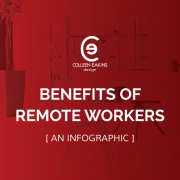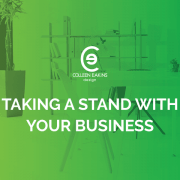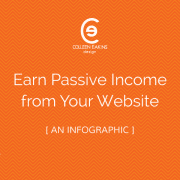Filtering Business Reviews
There is always that one negative business review that sticks out like a sore thumb from the mound of positive comments. A perfectly reasonable and sound explanation can be used to justify the consumer’s experience, but the review is already placed in to the internet universe for anyone to read and could possibly be someone’s deciding factor.
Many consumers find that reviews have a major influence on their decisions, just as much as referrals from friends and family. And the more positive the reviews, the more the consumer is to trust the business that is selling the products or services. The company has credibility and will no doubt, increase sales.
Reviews are not only a great (and major) way to increase sales, but can be used to increase experiences of the consumers to influence their potential conversion.
Ask for the Review
Before you can filter through the reviews to understand your consumers’ wants and needs, you need to acquire them. Giving them a space to provide feedback and allowing them to instantly see it viewed, will give them a sense of value. Your company is appreciating their opinion and the consumer believes the company will take their comments under advisement.
If you are having trouble acquiring reviews, you can offer incentives such as a discount on their next purchase or small token for their time.
Giving the space to provide intriguing content that describes their whole experience – from the product itself, to their sales experience, to the overall environment – will provide valuable information for your brand.
This evaluation of your company can form a new campaign, company policy, new product or service. It could also help improve the point-of-sale system as an outcome of glancing through the reviews. This will of course differ from online to in-person sales, so understanding the consumer experience in both environments is crucial.
Again, ask for those reviews.
When searching for a new restaurant or product, do you see what the rating is, along with how many reviews there are? Of course you do! More reviews increases the trust a potential buyer has with a certain item or service. Having more than 50 reviews can translate to a bump of 4.6% in conversion rates, according to a study by Reevo.
Turning Reviews in to Leverage
Most importantly, monitor to your brand! Setting up notifications through tools such as Google Alerts can help manage your feedback. Those comments are also “word gold”. Use them to highlight missing SEO needs that will pinpoint searches to a fantastic review of a product or service you are promoting at that time.
Increasing the opportunities for potential customers to see your reviews, increases the chances of conversions and creating credibility and interest. See a comment that will speak to the masses? Use it in other media channels!
If the comment doesn’t highlight your company in the best light and you can directly interact with the author of the comment, ask them to do an interview to fully understand their concerns. By taking the conversation offline, the commentator understands that the company is willing to acknowledge and provide solutions to their issues without the glory from the public.
Have control over your reviews and how they are viewed? Re-sort the reviews to make sure what is seen instantly and above the fold to showcase what your company would like to see. Yes, the negative reviews will still be searchable and viewed, but not what the user will see first. The first impression will be shining. This may take a little bit more time and will need allowance for testing on what may work. Does the right sorting option come from “most helpful”, “most positive”, “most recent”, or a combination?
Do not ignore the negative comments! Respond and acknowledge the negatives and positive reviews. Consumers who see companies thank someone for their comments and then offers a solution will not only bring them back to the brand but poses merit. Even if an indifferent review that is gearing negative, respond. This can persuade an indifferent potential consumer that you are invested in the company’s growth by accepting all sorts of criticism and feedback.
Learn how to write effective comments for consumers to feel commitment from the brand. Use your company’s voice and stay on message of what the comment relates to (contest, promotion, or an engagement piece). But, do not ask for a transaction in the comment! Think about the consumer’s experience and not just their money. An important note, respond in a timely manner. With how quickly and instantly the world works, consumers want to know they are being heard now!
If you are able to resolve negative feedback with positive solutions, ask if the commentator can update their review to reflect the current situation. Having consumers see that your company is able to take issues and resolve them to satisfy a customer will gain the trust of potential customers.
Being able to effectively monitor and handle situations that can cause a reputation of bad customer service will keep loyal customers loyal and convert potentials.
Contact Colleen Eakins Design to help pinpoint ways to leverage your reviews in a visually effective way.

I received my Bachelors in Marketing and Certification in the Pastry Arts. I have managed a wide array of printed and digital marketing needs.


 ©2019, Colleen Eakins Design
©2019, Colleen Eakins Design ©2019, Colleen Eakins Design.
©2019, Colleen Eakins Design. ©2019, Colleen Eakins Design
©2019, Colleen Eakins Design ©2019, Colleen Eakins Design
©2019, Colleen Eakins Design ©2018, Colleen Eakins Design
©2018, Colleen Eakins Design